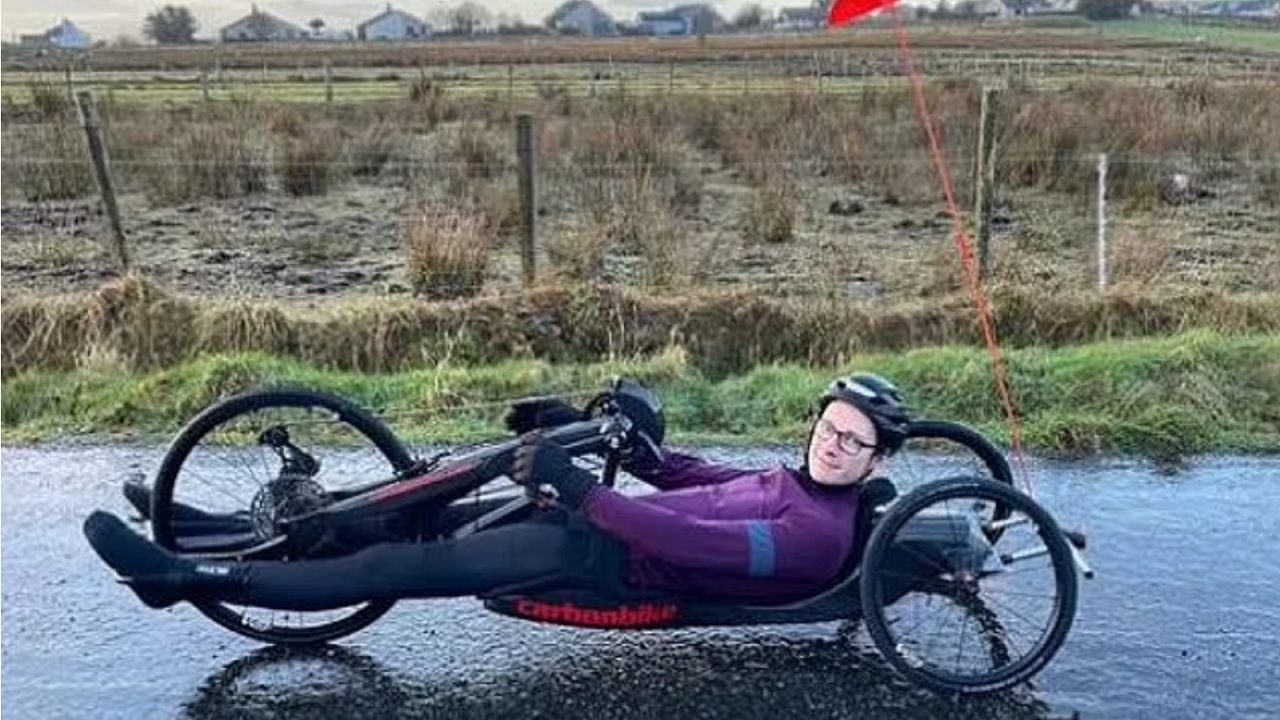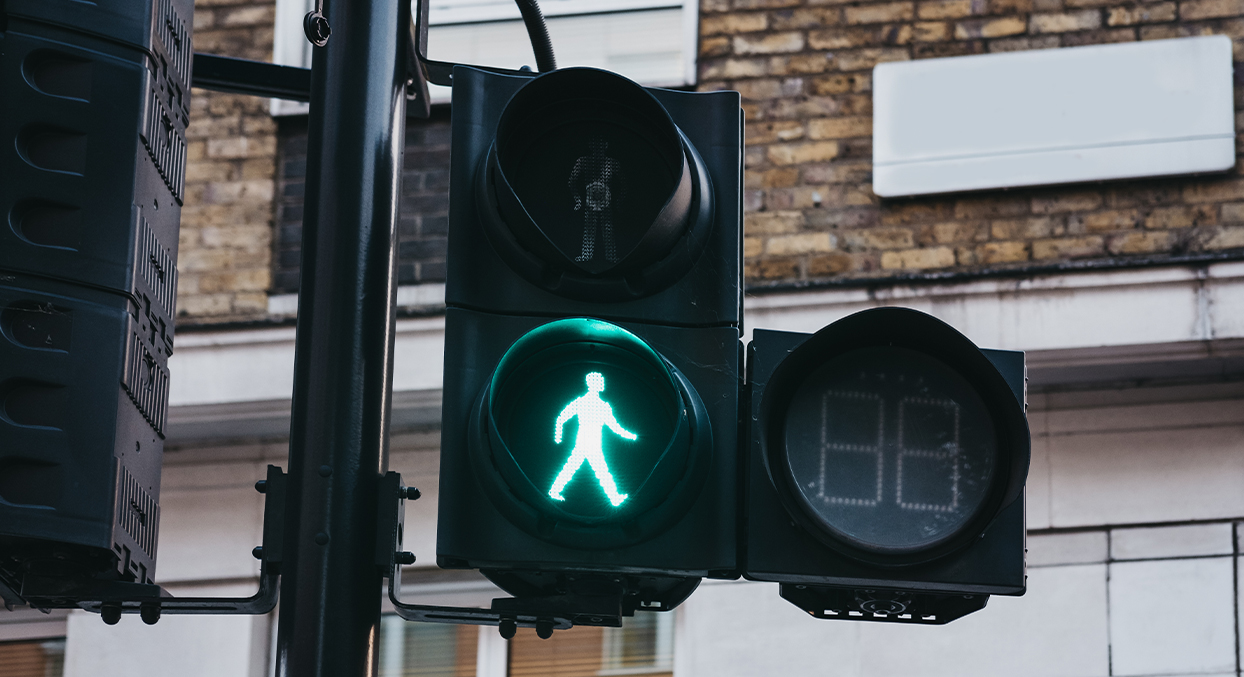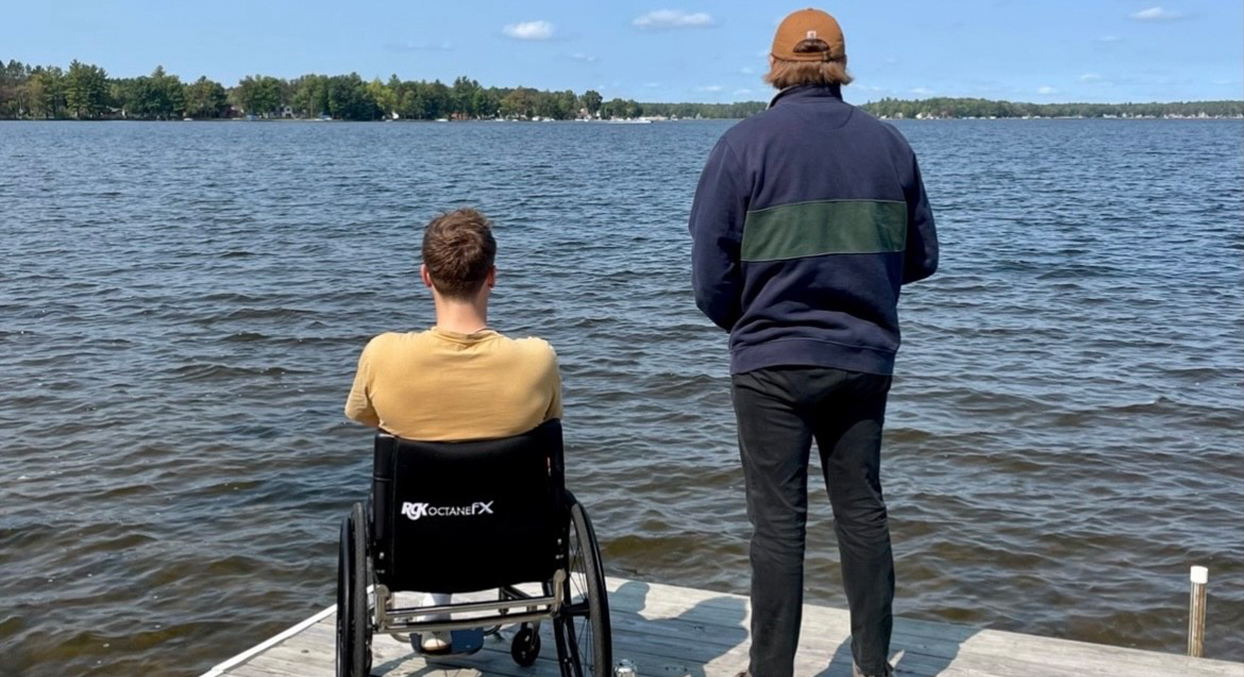At a hearing at the High Court on Thursday, 14 December 2023, Master Roger Eastman approved the settlement of a claim for damages brought by our client, AXV. The judge ordered the claimant’s details remain anonymous.
AXV, originally from Eastern Europe, was living and working in the UK at the time of the incident. On 27 August 2018, he was on his way home and travelling as a rear-seat passenger in a car on a dual carriageway when smoke started billowing from the car, engulfing the inside. The driver was forced to stop at the side of a slip road. The occupants feared the car blowing up and attempted to escape. AXV was not able to exit the car on the rear passenger side as his route was blocked by the other occupants exiting, so he and the passenger to his right exited on the driver’s side. As AXV was escaping, he and the passenger to his right were struck by a car. Sadly, AXV’s fellow passenger was killed instantly.
AXV sustained life-changing injuries, including a severe traumatic brain injury and a limb-threatening open fracture to his right leg. He underwent six surgeries to save his leg, including the application of a Taylor Spatial Frame (an external metal frame pinned into the bone) for 18 months. Two years after the incident, having learnt to walk again, he returned to his family home in Eastern Europe.
AXV instructed Stewarts’ specialist International Injury team, with associate Rebecca Huxford leading on the case. The team secured interim funding for AXV’s rehabilitation and his family’s expenses for staying in the UK to care for him.
Legal case
The defendant insurer denied primary liability and causation and maintained this stance throughout AXV’s claim. The insurer contended that the defendant driver had pulled fully into the outer lane, and as AXV was running in that direction, a collision could not be avoided. They also alleged that AXV was wholly or partly to blame for his injuries because he should have exited on the rear passenger side or kept very close to the car.
These allegations were robustly countered by witness and expert evidence. Stewarts arranged for an experienced accident reconstruction expert, Gary Luther, to visit the scene, analyse the evidence and prepare a detailed report. He concluded that the defendant had not slowed their speed despite seeing the car engulfed with smoke and that the defendant’s car had been in the nearside lane when passing the defendant’s vehicle. Forensic and witness evidence corroborated that the defendant’s vehicle passed so closely that it made contact with the open rear passenger door of the vehicle in which AXV was traveling as AXV escaped. The accident could have been avoided if the defendant had been fully in the outer lane and travelling at a much lower speed.
AXV has made a good recovery from his injuries, but his mobility is permanently impaired, and he lives with ongoing pain. As a result of his severe brain injury, he has various cognitive and behavioural impairments and combined with his physical injuries, it is unlikely he will ever be able to work again.
In relation to the value of the case, the defendant insurer contended that because AXV lived in Eastern Europe, his loss of earnings, care and other needs would be substantially less than if he lived in the UK. The defendant’s counter schedule of loss was pleaded at 8% of the value of AXV’s schedule of loss.
Stewarts obtained expert evidence from an independent financial advisor, Richard Cropper, and advice from a former government actuary, Chris Daykin, who suggested that the rate of growth in relation to real earnings-related losses in Eastern Europe was much higher than in the UK. Therefore, a different approach to calculating AXV’s future losses should be taken compared to a UK-based claimant We formed the view that there would be strong grounds to persuade the court at trial to adopt a different personal injury discount rate (PIDR: the rate of return used to help calculate how much a future loss is worth) to that prescribed by the Lord Chancellor (minus 0.25%).
Settlement
The settlement will ensure that AXV’s future care, rehabilitation and medical treatment requirements can be met for the rest of his life.
Whilst the expert evidence on the discount rate issue had not been disclosed by the time of the settlement meeting, we informed the defendant of the approach and provided them with a revised schedule of loss with the claims for future, care, case management and protection measures were recalculated at a rate of minus 3%. That approach was not necessary for the loss of earnings claim because an inflationary multiplicand to account for earnings growth had already been applied.
The settlement was approved in the High Court by Master Eastman, following an explanation to him of the key issues including the calculations of the Claimant’s legal team at a discount rate of -3%. An important point at the approval hearing was what protection measures should be used to ensure AXV’s compensation was administered in his best interests. As AXV is not a UK resident, a Deputyship under the Court of Protection seemed impractical and too costly, and the ongoing involvement of a professional deputy in England would likely subsume a notable portion of the compensation award. Stewarts secured expert evidence from an Eastern European personal injury lawyer setting out the available protection measures in AXV’s home country, which would depend on the home country’s court’s assessment of the issue of capacity. Therefore, the High Court was asked to cede jurisdiction to the courts in AXV’s home country to determine the issues of capacity and administration of the settlement.
On approving the settlement and the proposal for protection measures, Master Eastman commented that this was a very good and proper settlement. He said the right course of action would be to allow the monies to be sent to AXV’s home country for the courts there to decide the appropriate mechanism for safeguarding AVX and his monies. He also paid tribute to AXV’s father and litigation friend.
Comment
Rebecca Huxford comments:
“It has been a pleasure to represent AXV, and I am delighted we have been able to secure an excellent outcome for him following this tragic collision in which his fellow passenger lost his life. The last five years have been extremely difficult for AXV and his family, with his injuries affecting them all very deeply, but they, and especially AXV’s father and litigation friend, have been unwavering in their care and support. They have expressed to me how grateful they are to those who attended to AXV at the scene, the emergency services and the hospital staff who saved his life and worked so hard to avoid amputation of his leg. It is hoped this settlement will bring them all some reassurance and peace of mind that AXV will have the finances available to access the care and support he will need for the rest of his life.
“This settlement could not have been achieved without the collaboration of the defendant insurer and its legal representatives who, despite challenging the position on liability throughout, worked with Stewarts to ensure that AXV had access to the best possible rehabilitation to maximise his recovery.”
AXV was represented by Rebecca Huxford, who instructed David Sanderson of 12 King’s Bench Walk. The defendants were represented by Antony French and Lauren Gosnell of Kennedys, who instructed Marcus Dignum KC and James Sullivan of 12 King’s Bench Walk.
You can find further information regarding our expertise, experience and team on our International Injury page.
If you require assistance from our team, please contact us.
Subscribe – In order to receive our news straight to your inbox, subscribe here. Our newsletters are sent no more than once a month.






